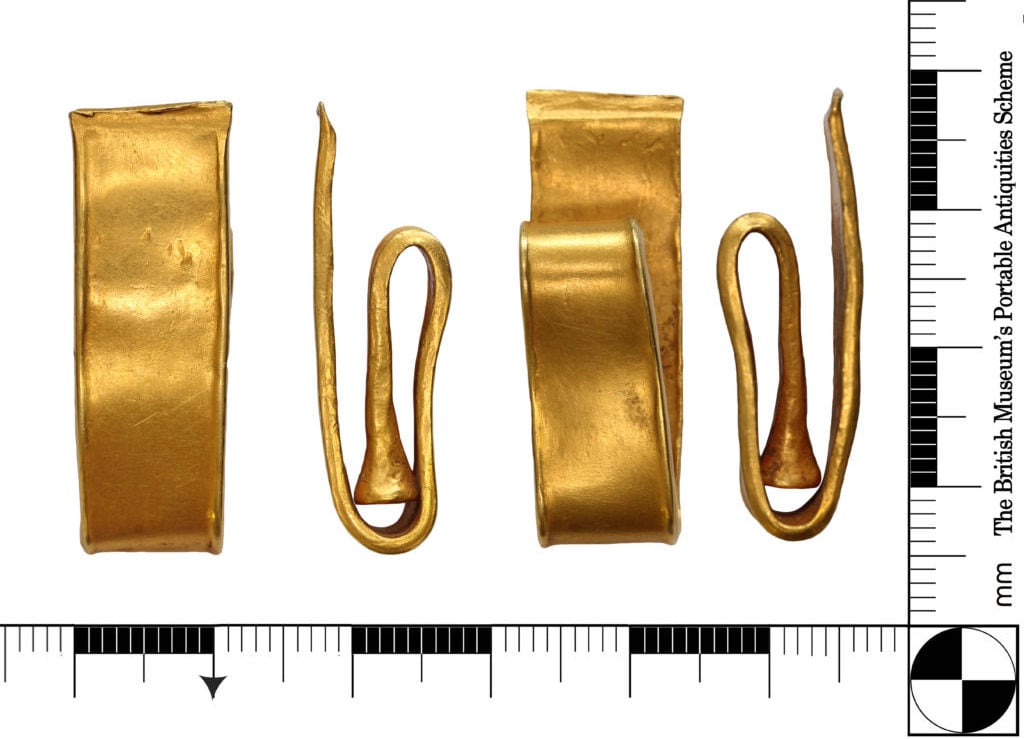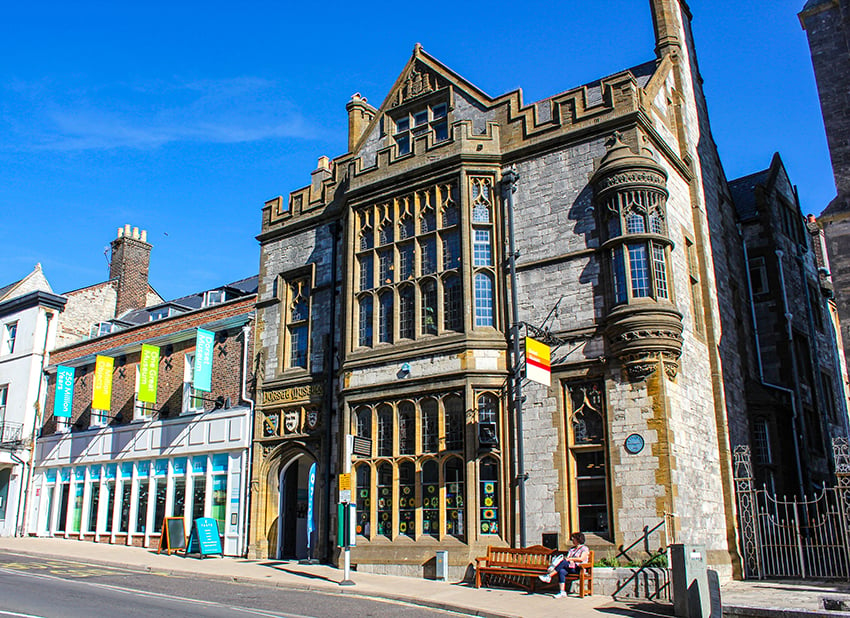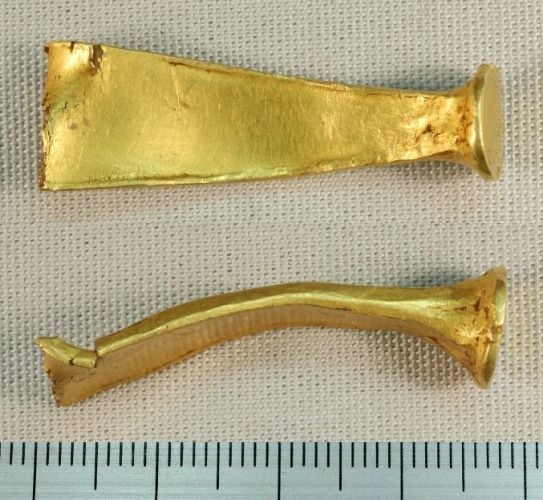Archaeology & History
A U.K. Museum Is Raising Money to Keep a Bronze-Age Bracelet Found Nearby
The museum hopes to include the rare artifact in an exhibition slated for 2026.

The museum hopes to include the rare artifact in an exhibition slated for 2026.

Vittoria Benzine

A small museum in Dorchester, England is crowdsourcing funds to acquire a rare gold bracelet from the Late Bronze Age (950–750 BCE) found in the nearby village of Hilton. In a recent bid for donations, the Dorset Museum & Art Gallery warned that if they’re unable to purchase the bracelet, it may go to private collectors, who may keep it from further study. The puzzling artifact might hold secrets about Bronze Age deposition practices.
The Museum has not explained how the bracelet turned up, but it’s valued at £1,200—£720 of which they’ve raised. For comparison, they successfully raised £17,000 to acquire a Middle Bronze Age hoard last November. The bracelet they’re courting is currently under the care of the British Museum, per the country’s Treasure process.

Image: Dorset Museum & Art Gallery
Analyses there have confirmed that this bracelet was cut before it was deposited in the ground, coiled around the end that’s not been slashed, which features a flared terminal with a flat face. The bracelet’s edges have been raised to create low flanges—its sole ornamentation—along both of its faces. Experts with the Portable Antiquities Scheme have dated the bracelet fragment to the Late Bronze Age based on existing specimens in their database that also display flared terminals and low flanges.
The Dorset Museum & Art Gallery has noted that gold objects from the Bronze Age are rare, especially in this part of Dorset county. What’s more, they wrote, “This item is important because it shows that the careful and deliberate depositional practices known from the Middle Bronze Age carried on into the later period.” Numerous metal objects from this era were modified before being buried, not because they were scraps, but to serve other cultural functions that have puzzled archaeologists for decades.

A comparable gold bracelet fragment dated to the Late Bronze Ages, found in Cowbridge, Wales during 2005. Image: The Portable Antiquities Scheme
The Museum noted they’d like to include the bracelet in their “Treasure” exhibition, slated for 2026, before incorporating it into their permanent exhibitions, where it will help illustrate the progression of deposition practices—as well as the evolution of gold objects throughout the Bronze Age. “The gold has considerable research potential for those wishing to understand the gold supply and Late Bronze Age modification and depositional practice,” they noted. Those interested in contributing can donate here.